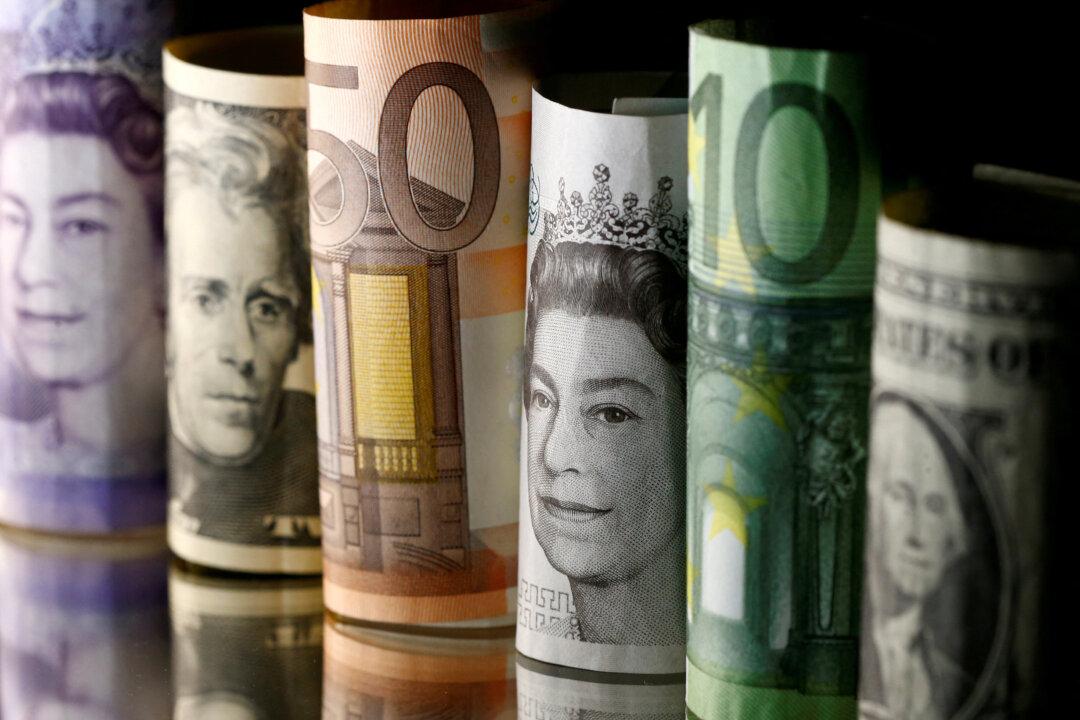SINGAPORE/LONDON—The euro and pound rose on Friday and were heading for their biggest weekly gain in four months, as the U.S.-led rally in global bonds sent yields down, and with them the dollar, bringing relief even to the embattled Japanese yen.
Always-crucial U.S. non-farm payrolls data due at 1230 GMT—the most important data point in a packed week—could change that narrative completely however.





